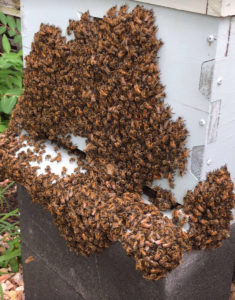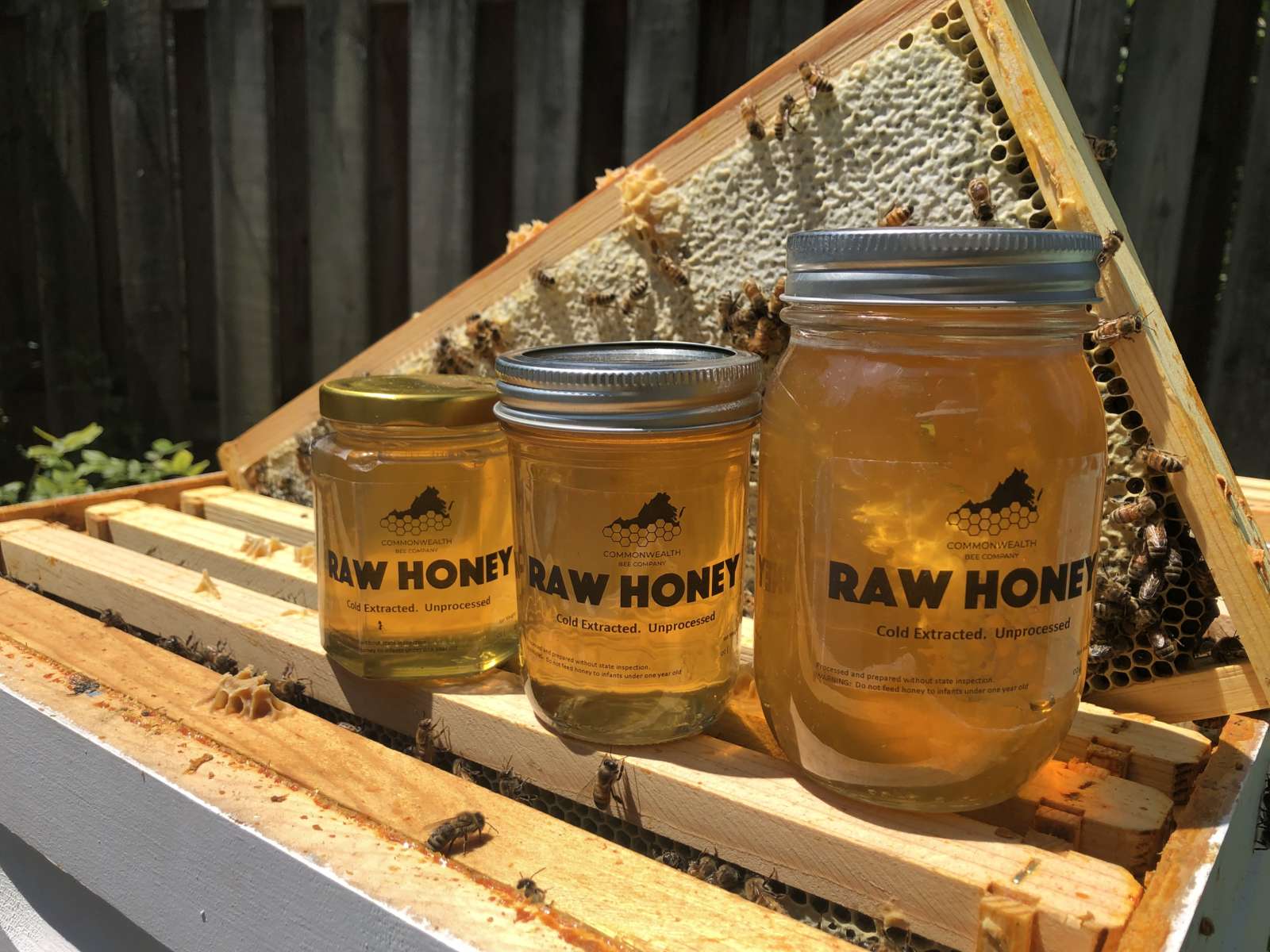Local beekeeper Brad Garmon says raising a new generation of farmers is vital to keeping the budding urban apiary industry alive, and it starts in Arlington County.
“If you talk to anyone involved in this space, [they’ll tell you] the need for young minds and younger people getting involved is dire,” Garmon said.
Committed to backing up that buzz, Garmon is hosting a class early next month to introduce students around the 5th grade age range to bees and beekeeping. The class is part of Arlington Public Schools’ Youth Enrichment Program, a new set of classes offered for local students in late-elementary school and middle school to gain new experiences.
“The Youth Enrichment Program course is not so much a technical course on managing the hives, it’s about understanding the importance of bees and getting people to realize that we have a responsibility to be good environmental stewards and the importance honeybees have,” Garmon said.
Raul Matos, coordinator for APS’ Arlington Community Learning program, said the Youth Enrichment Program started this past September. Matos said many of the programs, like the Help the Honeybees class, are aimed at children who’d rather be in a classroom for their out-of-school enrichment activities.
“It got started because we discovered that not all children, when it comes to enrichment, want to be outside playing soccer or being in the pool,” Matos said. “Some want to be in the classroom, in classes like Japanese and video film editing.”
Matos said students don’t need to be Arlington Public Schools students; homeschool students, students enrolled in private schools, and kids outside of Arlington Public Schools can also take classes.
 The Help the Honeybees class is $39 for a 90-minute workshop on March 12. The class is from 4:30-6 p.m.
The Help the Honeybees class is $39 for a 90-minute workshop on March 12. The class is from 4:30-6 p.m.
“There’s a lot of misinformation around honeybees, like when people say ‘my kid was playing baseball and got stung by one,'” Garmon said. “So we look at honey bees vs. wasps and yellowjackets. That way when kids are walking around their yard and see a honey bee on a flower, they’ll know it’s not an aggressive insect. It gets them to go back out to their kids and their parents and teach them what they learn.”
Beyond just an elementary apiary education, Garmon said there’s life lessons for kids to learn from the hive. One honey bee only makes one-twelfth of a teaspoon of honey, and Garmon said there are a lot of kids can learn about the power of collaboration through that.
“There’s a lot of biomimicry,” Garmon said. “These insects only live a couple weeks, but what they live their entire life doing is serving to benefit their community. You can parallel that to these kids, who may feel small and insignificant. They get little straws and run around ‘pollinating flowers.’ Bring some of that nectar back to the hive. Even though these are small droplets of water, the end result is much bigger than themselves.”
Garmon said he hosted an initial class when the Youth Enrichment Program started in the fall and it filled up quickly. There’s only a few slots open left in the March session, but Garmon said he hopes to host another one in May.
Other classes being offered over the next few months include an animation class and a guide to making fascinators. Matos said he’s particularly excited about the math strengthening classes, but those are currently full. This summer, Matos said the Youth Enrichment Program plans to offer STEM-related classes like “Programming through Minecraft” and “Building Fortnite Games.”
Photos courtesy Brad Garmon



